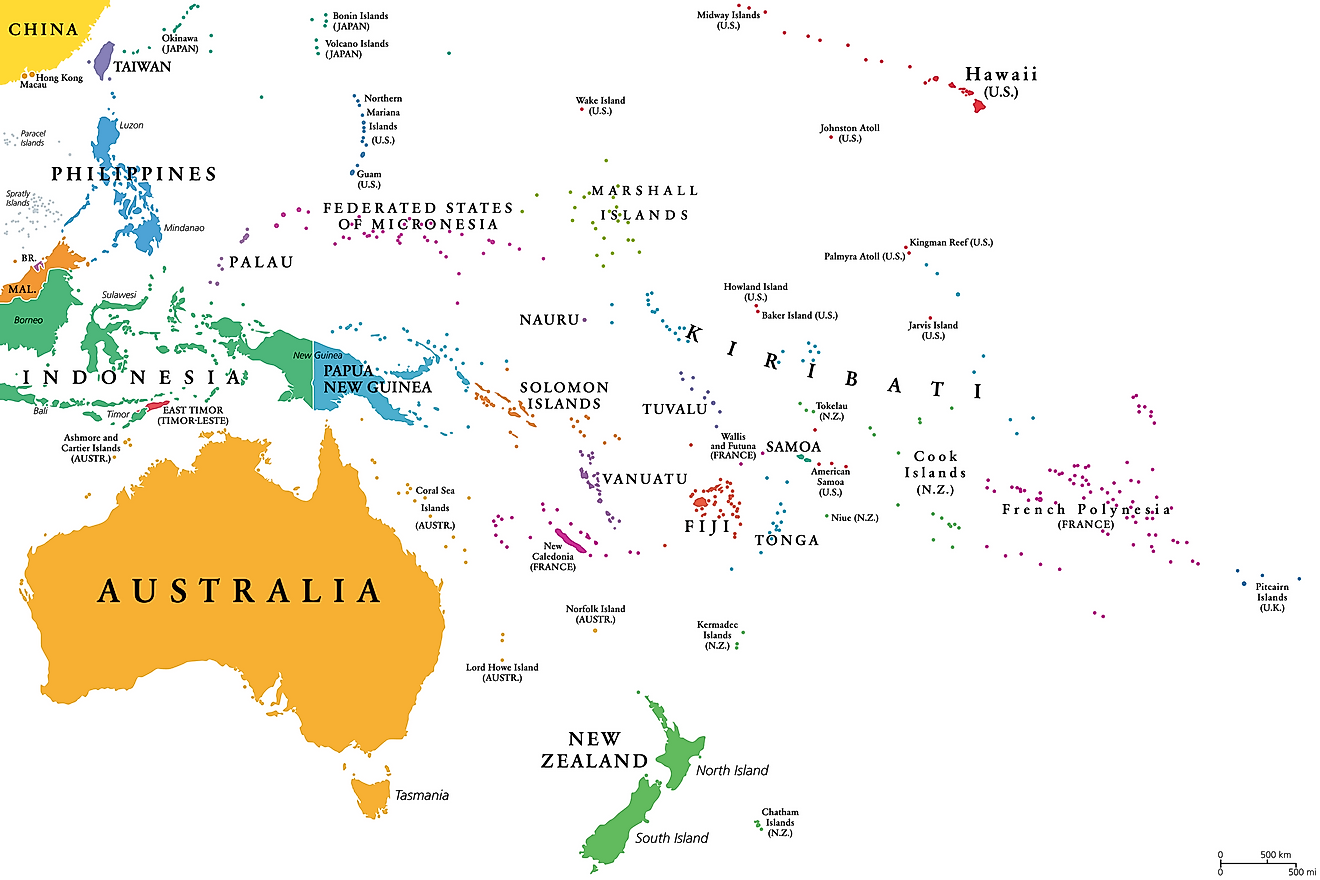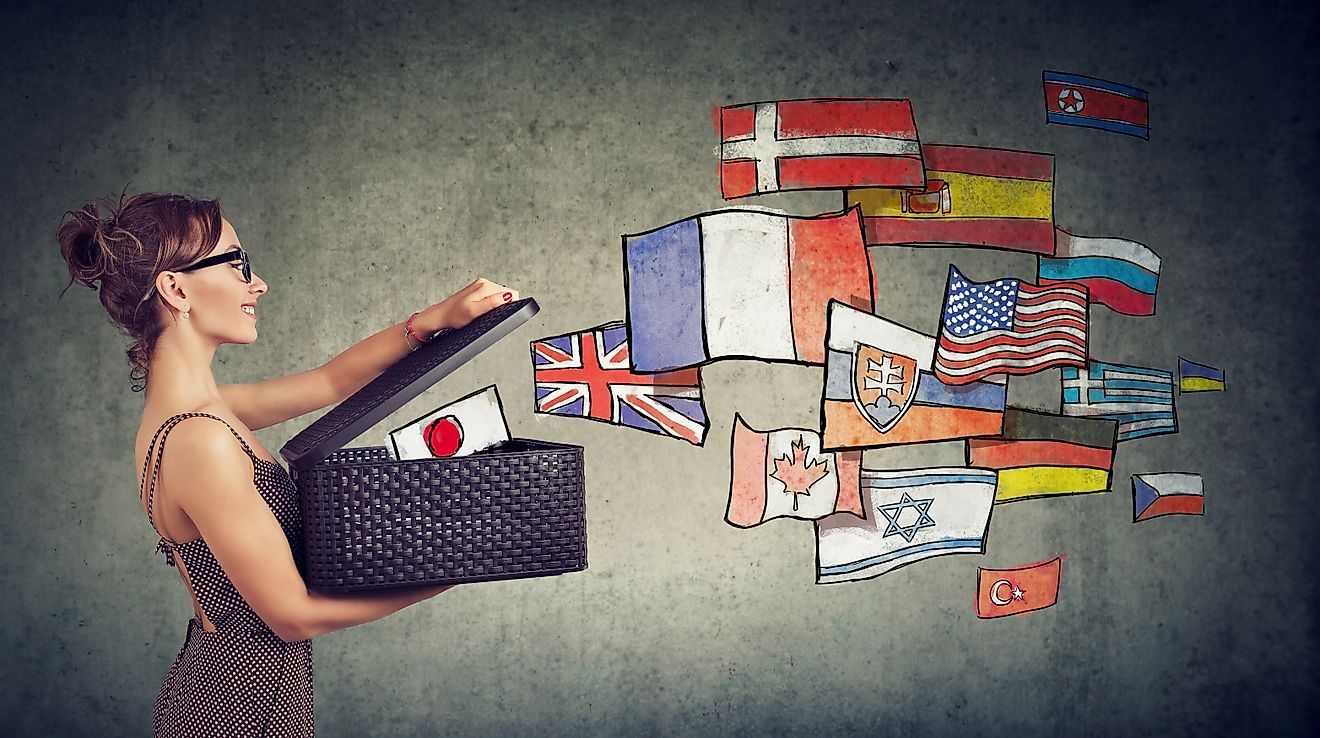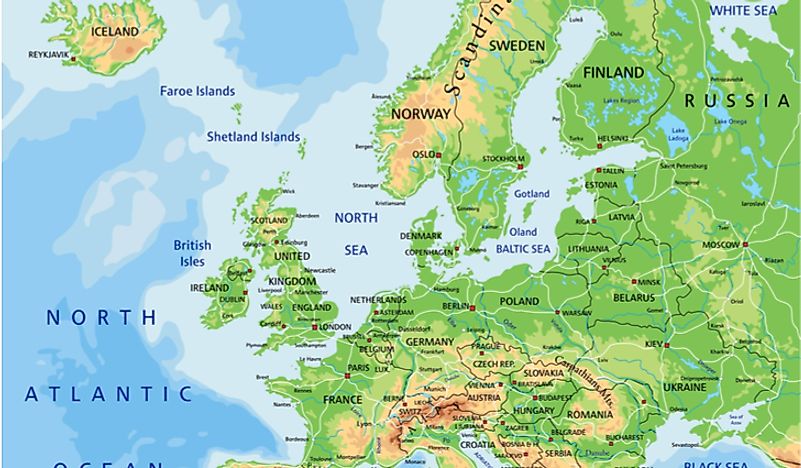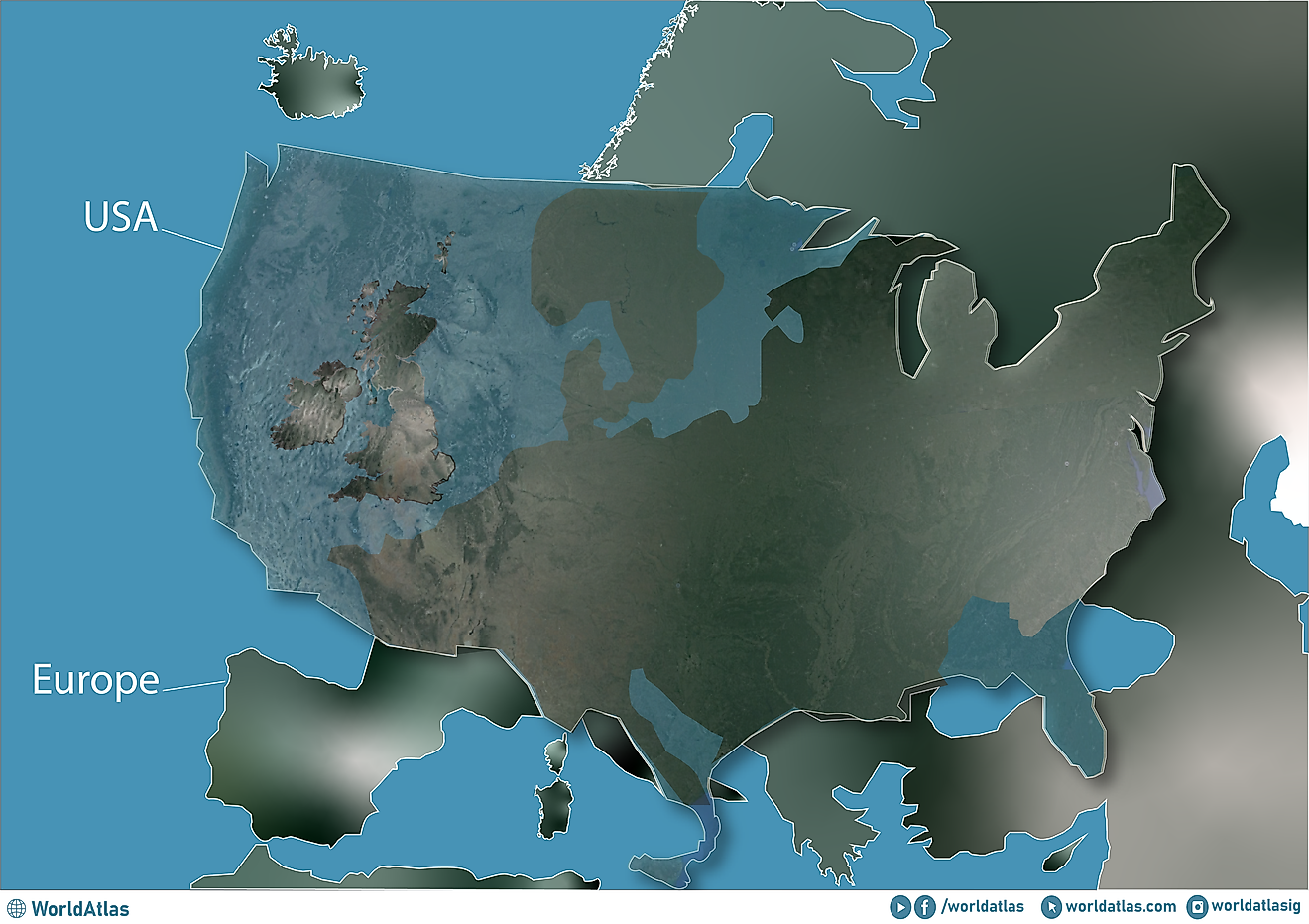Taiwan

- Taiwan is a de facto independent state located off the coast of mainland China, across the Taiwan Strait.
- Most countries do not recognize Taiwan as an independent country, and Taiwan has not formally declared itself to be an independent state.
- The government of the People's Republic of China insists that Taiwan is a renegade province that must eventually be reunited with the rest of China, by force if necessary.
- Approximately 23.85 million people live in Taiwan.
- Taiwan has a democratic government with a president elected directly by the voters.
Taiwan is an island located off the east coast of mainland China, in the East China Sea, which forms a part of the North Pacific Ocean. Separating Taiwan from the Chinese mainland is the Taiwan Strait. As a political unit, Taiwan consists of the main island of Taiwan and several small islands that are situated to the west and south of the main island.
To the east of Taiwan is the Japanese island of Yonaguni, the southernmost island of Japan. To the south of it are the Batanes islands, which belong to the Philippines. Taiwan also controls some islands close to the Chinese mainland, including Kinmen County, the Wuqiu Islands, and the Matsu Islands, all of which lie close to the coast of the mainland Chinese province of Fujian.
The capital of Taiwan is the city of Taipei, located near the island’s northern coast. The city is home to approximately 7.87 million people, making it the most populous city in Taiwan.

Contents:
Is Taiwan Part Of China? Is Taiwan A Country?
In a practical sense, Taiwan is not part of China. It has its own flag, government, and military. Thus, it is a de facto independent country. Taiwan’s official name, however, is not Taiwan, but the Republic of China. The story of Taiwan’s separation from the rest of China begins in 1949, when the Chinese Communists defeated the Nationalists in a civil war. The Nationalists, led by Chiang Kai-shek, retreated to the island of Taiwan and set up a rival government there. Ever since these events, Taiwan has been a de facto independent state, though it has not officially declared its independence.
The Chinese government in Beijing insists that there is only one China, and it includes Taiwan. In fact, China has repeatedly said that it reserves the right to use force to take control of the island and unify it with the rest of China, especially if Taiwan officially declares itself to be an independent country. Under pressure from the Chinese government, most of the international community does not recognize Taiwan as an independent state. This has not always been the case, however.
International Diplomacy

Taiwan was formerly a member of the United Nations, and many countries preferred to maintain relations with it rather than with the communist government in Beijing. In 1971, however, the UN General Assembly passed a resolution stating that the government of the People’s Republic of China was the sole legitimate representative of China at the UN. Thus, Taiwan was effectively expelled from the organization.
In 1979, the United States established diplomatic relations with the Chinese government in Beijing for the first time. As part of the conditions for establishing ties with Communist China, the US broke off diplomatic relations with Taiwan. Eventually, most of the international community established relations with Beijing and broke off relations with Taiwan. Today, only fifteen countries recognize the Taiwanese government, and no government maintains simultaneous relations with both China and Taiwan.
Taiwan does, however, maintain a certain level of international ties. It is a member of 40 international governmental organizations, including the Asian Development Bank, the Asia-Pacific Cooperation forum, and the World Trade Organization (WTO). The island also has observer status in other organizations. Arguably, Taiwan’s most important international ties are with the US. As previously stated, the US broke off diplomatic relations with Taiwan when it recognized the Chinese government in Beijing in 1979. However, the US still maintains some ties with the island, and most importantly, provides Taiwan with substantial military aid. This aid and the support from the US for the continued existence of Taiwan’s separate government has, so far, effectively deterred Beijing from attempting to take the island by force.
Government Of Taiwan

When Taiwan became effectively separate from the rest of China, it was a one-party state. The sole, legal party in Taiwan was the Nationalist Party, known as Kuomintang (KMT), under the leadership of Chiang Kai-shek, who was deposed as China’s leader when communist forces won the country’s civil war in 1949. Upon moving to Taiwan, Chiang basically became the dictator of a one-party state. In 1975, he died, and power was passed to his son, Chiang Ching-kuo, who ruled until his own death in 1987. Shortly before he died, however, Chiang Ching-kuo lifted the island’s state of martial law, and allowed a democratic government to take shape.
Today, Taiwan is a multiparty, democratic state with an executive branch headed by a president. The president is directly elected by Taiwanese voters for a four-year term. The president chooses a premier, officially known as the President of the Legislative Yuan, who then chooses a cabinet, known as the Executive Yuan. The Legislative Yuan is the unicameral chamber that serves as Taiwan’s legislature. It has 113 members, 73 of whom are elected in single-seat constituencies by a simple majority vote. Another 34 members are elected based on proportional representation. The remaining six members of the Legislative Yuan, who represent the island’s aboriginal population, are directly elected by voters in multi-member constituencies, using proportional representation. All members of the Legislative Yuan serve four-year terms.
The judicial branch of Taiwan’s government, known officially as the Judicial Yuan, is headed by the Supreme Court and Constitutional Court. The judges of these courts are all appointed by the president, but subject to approval by the Legislative Yuan. Supreme Court justices serve for life, while Constitutional Court justices serve eight-year terms, and half of its membership is renewed every four years.
Demographics

Taiwan is home to approximately 23.85 million people, most of whom live in urban areas. It is estimated that the island’s population will peak in 2029, at about 24.01 million, after which it will begin to decline. The island’s population density is around 659 people per km2.
In terms of ethnicity, the Han Chinese make up around 98% of Taiwan’s total population. They can be divided into two groups. The first is the Hoklo Han Chinese, who migrated from mainland China to Taiwan in the 19th century before the Japanese took control of the island. The Hokkien dialect, which is the native dialect of the Hoklo Han Chinese, cannot be understood by speakers of other Chinese dialects. The Hoklo Han Chinese make up about 70% of Taiwan’s total population. The second Han Chinese group is the Hakka Han Chinese. These are people from mainland Chinese provinces in which the Hakka dialect is the main spoken dialect. They comprise about 14% of Taiwan’s population. Mainland Chinese, who migrated to Taiwan after the Nationalists lost the civil war, constitute another 14% of the island’s population. The remaining 2% of Taiwan’s population are Taiwan Aborigines, who are descendants of Taiwan’s original Austronesian population, which dominated the island until the 17th century.
Mandarin Chinese is Taiwan’s official language, and is spoken by nearly all of the island’s people. Mandarin spoken in Taiwan assumes two forms the Standard Mandarin and the Taiwanese Mandarin (Hokkien). Taiwanese Hokkien and Taiwanese Hakka are the main vernacular languages spoken in Taiwan. Japanese and English are spoken widely as foreign languages.
- Official language: Standard Mandarin Chinese
- Indigenous languages: Formosan languages
- Vernaculars: Taiwanese Hokkien, Taiwanese Mandarin, Taiwanese Hakka
- Main foreign languages: English, Vietnamese,Japanese
- Sign languages: Taiwanese Sign Language
In terms of religion, there are 26 officially recognized religions in Taiwan, though the island’s constitution guarantees religious freedom regardless of whether or not a religion has official recognition. According to government statistics, 35.1% of Taiwanese practice Buddhism, 33% Taoism, 3.9% Christianity, and 3.5% Yiguandao. About 18.7% of Taiwanese are listed as non-religious.
Other large cities besides Taipei include Kaohsiung, with a population of about 1.5 million, and Taichung, which has a population of just over 1 million people. Taiwan’s other major cities have populations of less than a million.
Economy

Taiwan is one of the so-called Asian Tiger economies, which means that it is an economy that has grown rapidly over a short period of time. In the 1950s, Taiwan’s economy was heavily dependent on American aid. In the late 1950s, however, the island’s economy began expanding rapidly, largely due to its cheaply manufactured exports. It was in the late 20th century, however, that the real Taiwan economic miracle took place. Between 1965 and 1989, the island’s GNP took off and grew by 360%. The island’s exponential economic growth can largely be attributed to its business-friendly environment, in which the Taiwanese government enacted policies to protect the market. Taiwan also imported the latest technology from other countries in order to accelerate its own development. The island’s business-friendly environment attracted many firms from mainland China, along with many intellectuals and elite business people. Labor costs in Taiwan were very cheap, which meant that production costs were low and profits high.
Today, Taiwan’s economy is that of a developed country. Its people are no longer uneducated, and labor costs on the island are no longer so cheap. Thus, Taiwan is unable to compete with the reduced labor costs that mainland China now offers. Nevertheless, the island still maintains a dynamic economy, which was able to weather the COVID-19 pandemic in 2020 better than many other jurisdictions. Whereas the economies of Japan, Hong Kong, and Singapore, declined by 5% in 2020, Taiwan’s grew by 3%. The island is now home to the world’s leading semiconductor industry, which means that it produces advanced chips for things like 5G networks, automobiles, and smart devices. Taiwan’s currency is called the New Taiwan Dollar, which has the ISO currency code TWD.











